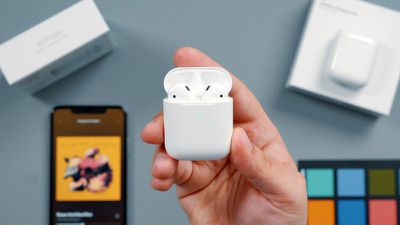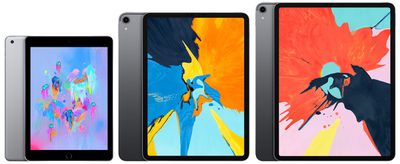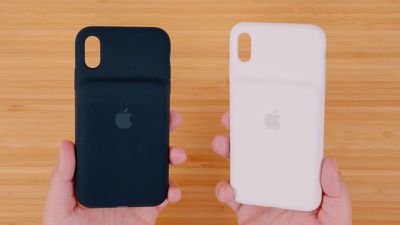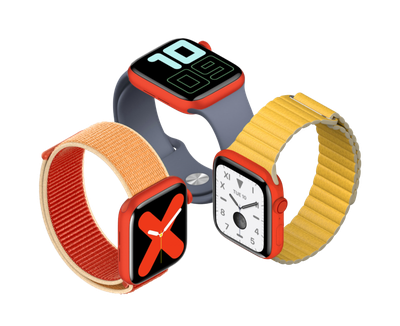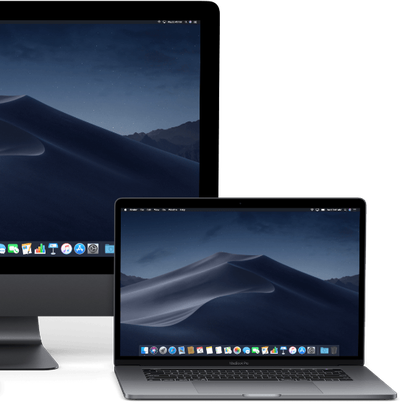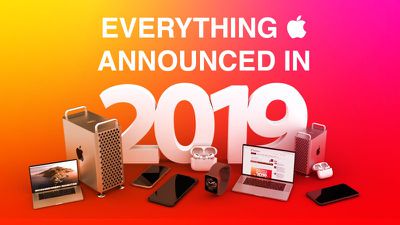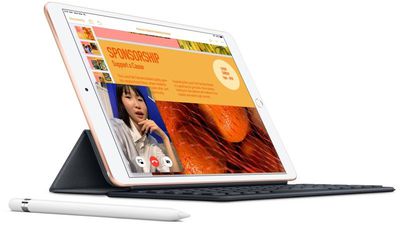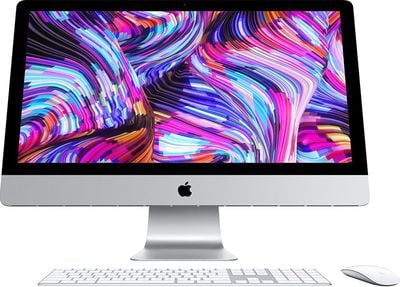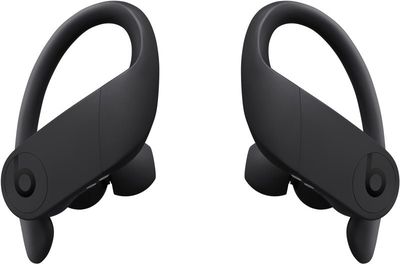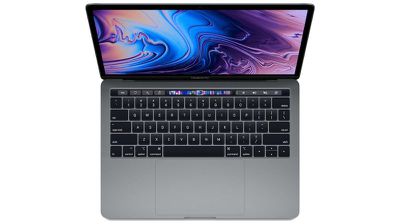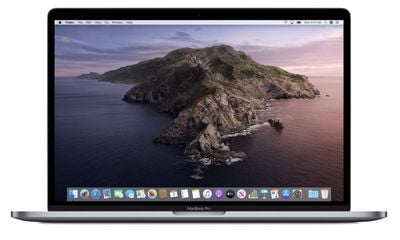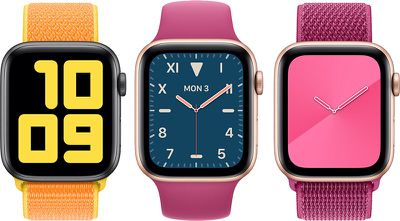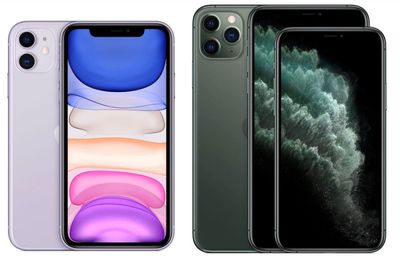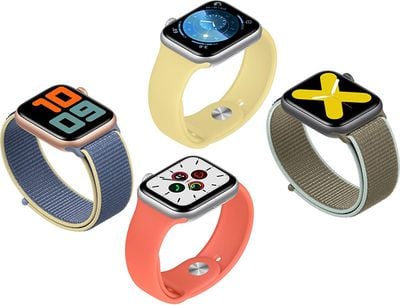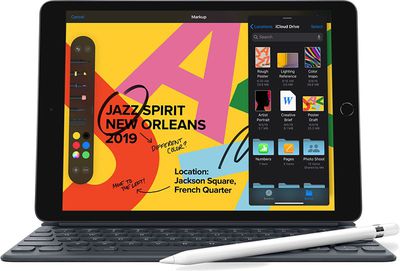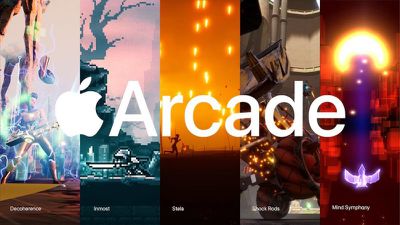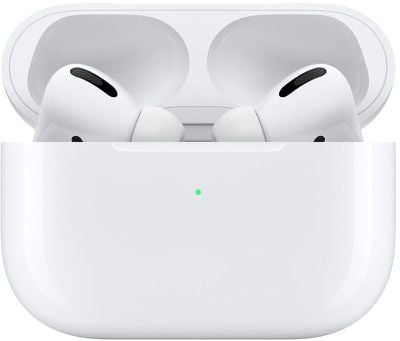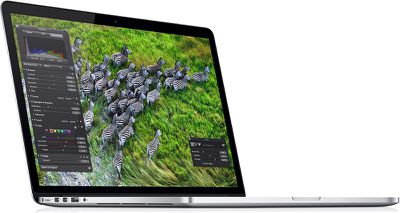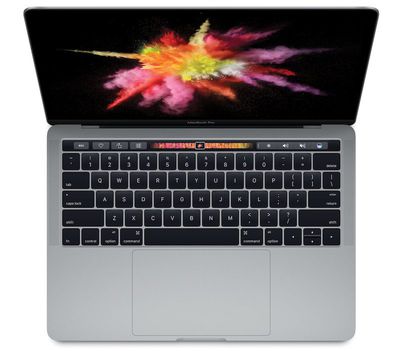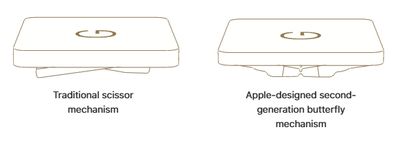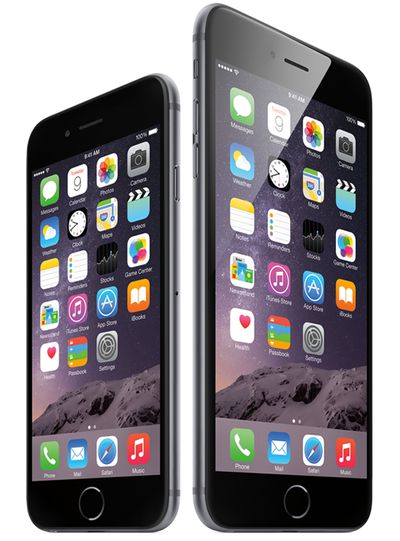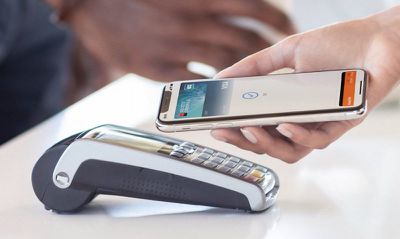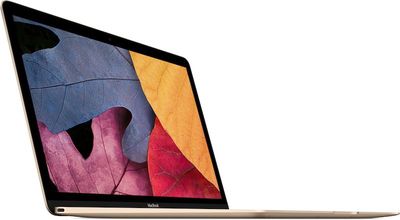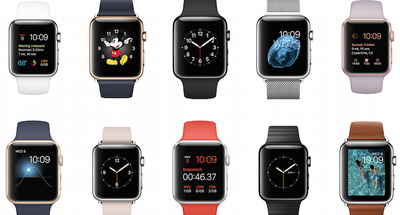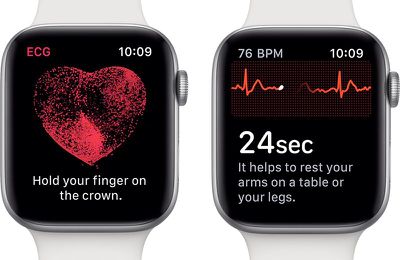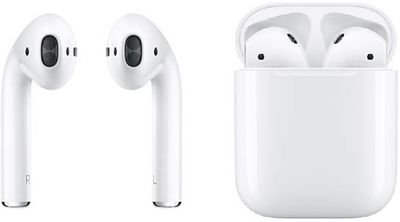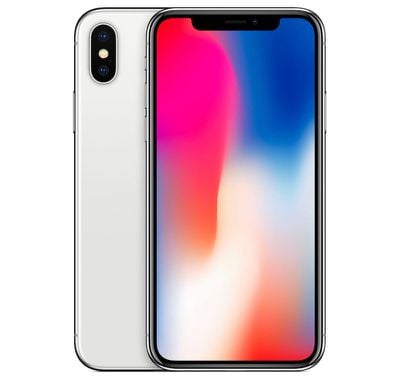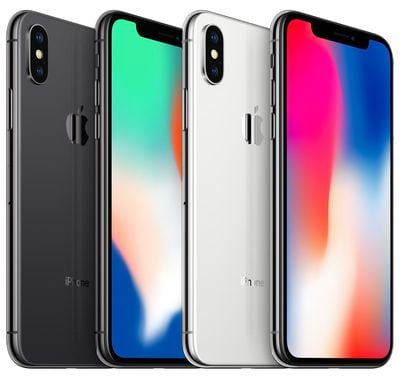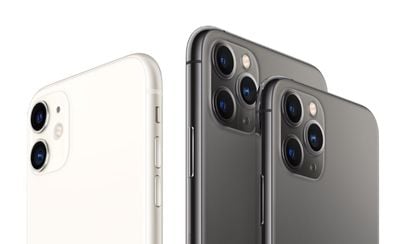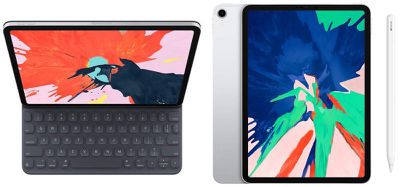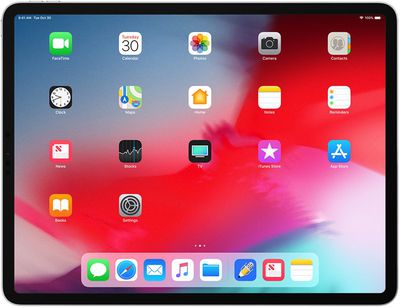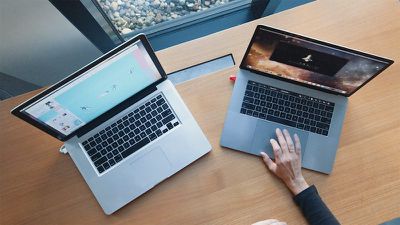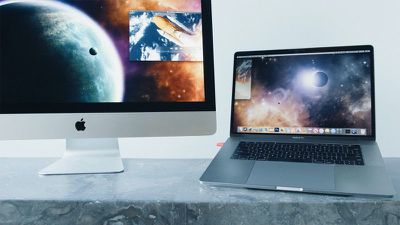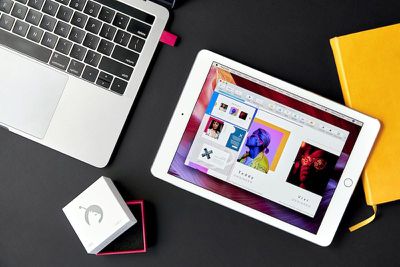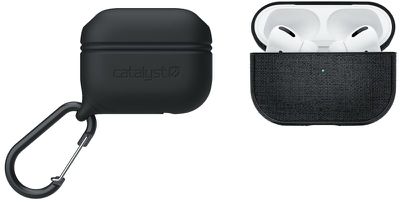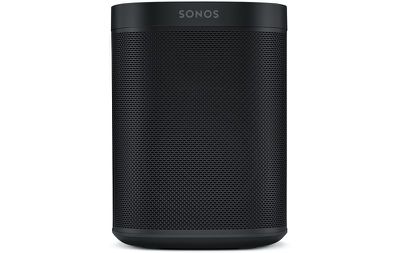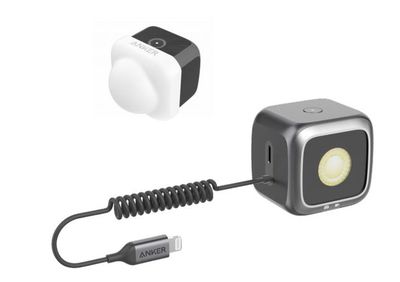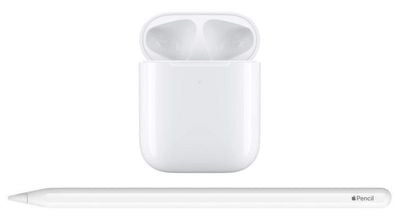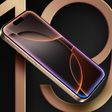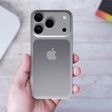We're expecting to see some major changes from Apple this year, with several exciting new products on the horizon. Significant iPhone changes are expected in 2020, with 3D sensing rear cameras, 5G technology, and an all-OLED lineup.
Apple is also working on updated iPad Pro models, new Macs, Apple Tags, and could have a few other surprises in store like an augmented reality headset, a lower-cost HomePod, an updated Apple TV, and more.
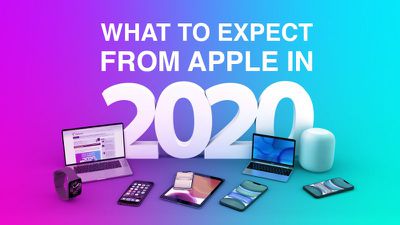
Below, we've rounded up all of the products we're expecting to see from Apple in 2020 based on both current rumors that we've heard so far and past release information.
"iPhone SE 2"
During the first half of 2020, Apple is said to be planning to unveil a new low-cost iPhone that will be sold alongside the iPhone 11, 11 Pro, and Pro Max. The smartphone, though called an "iPhone SE 2" in rumors, is actually most similar to an iPhone 8. It might even be called an "iPhone 9," which is Apple's missing iPhone after the company released the iPhone 8 and the iPhone X in 2017.
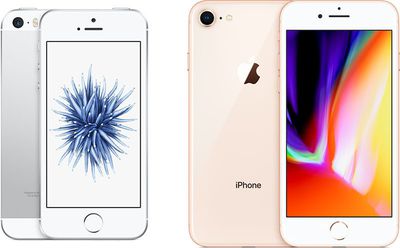
It's said to feature a 4.7-inch display with Touch ID, which means it will continue to use the thicker bezels of the iPhone 8 line. Inside, it will be equipped with an A13 chip, the same chip that's in Apple's flagship iPhones.
To keep costs low, it will feature a single-lens rear camera, 3GB RAM, and it will be available in silver, red, and space gray colors. Rumors indicate the new low-cost iPhone will be priced at $399.
For more information on the upcoming iPhone SE 2, check out our iPhone SE 2 roundup.
iPhone 12 Lineup
Apple in the fall of 2020 will refresh its iPhone lineup as it does every year. In 2020, rumors suggest we can expect to see multiple iPhones in 5.4, 6.1, and 6.7-inch sizes, a deviation from the current 5.8, 6.1, and 6.5-inch sizes that Apple has used for the last couple of years.
Apple is expected to introduce higher-end 6.1 and 6.7-inch iPhone models alongside lower-end 5.4 and 6.1-inch iPhone models, for a total of four iPhones in the fall of 2020.

All of the iPhones in 2020 are expected to feature OLED displays, with Apple doing away with the LCD display of the lower-end iPhone. At least one of the new iPhones that's in the works will feature a redesign with a metal frame that's similar to the frame of the iPhone 4, which had a distinctive, flat look.
A new TrueDepth camera system that cuts down on the size of the notch could be included, and rumors suggest the higher-end models will feature a new 3D triple-lens rear camera system that uses a laser to calculate depth information, leading to improved photographic and AR capabilities. The lower-end iPhone is expected to use a dual-lens camera system.
Every new iPhone coming in 2020 is expected to support 5G technology, which is faster than the current 4G LTE technology. It will take some time for 5G networks to spread across the United States and the rest of the world, but there will be decent availability by the end of 2020.
We don't yet know what the 2020 iPhones will be called, but given the naming of the 2019 lineup, iPhone 12 and iPhone 12 Pro are likely bets.
For more on what to expect from the iPhone 12, make sure to check out our iPhone 12 roundup.
Apple Watch Series 6
Every year when the iPhone is refreshed, Apple also introduces a new Apple Watch, and this year, we're expecting the Apple Watch Series 6. We haven't heard a lot about the Apple Watch Series 6 just yet, but there are a few details that have been highlighted in rumors.
The Apple Watch Series 6 is said to feature faster performance, better water resistance, and improved wireless transmission for faster WiFi and cellular speeds, improvements introduced through a swap to liquid crystal polymer metarial for the flexible circuit boards in the device.

A major 2020 feature is expected to be sleep tracking, with Apple rumored to be adding sleep tracking capabilities to the device for tracking sleep duration and quality, among other things.
Whether there will be other new health tracking features in the Apple Watch Series 6 remains to be seen, but we'll hear more about the new device as launch approaches. To keep up with new Apple Watch rumors, make sure to check out our Apple Watch roundup.
Updated iPad Pro Models
There was no iPad Pro refresh in 2019, and rumors suggest a refresh is coming in the first half of 2020.
Apple is said to be planning to introduce an updated iPad Pro with faster Face ID and a rear-facing time-of-flight (ToF) camera system that would allow for 3D models to be captured using the iPad Pro and then edited with the Apple Pencil for an all-new productivity experience.
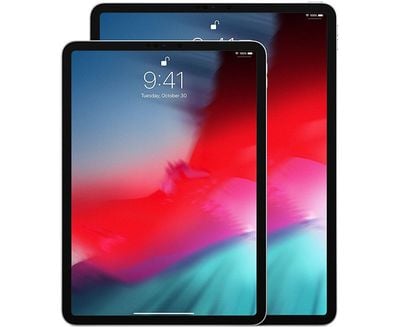
The time-of-flight camera system can determine the distance between objects by measuring the time it takes a light or laser signal to get from the camera to the subject in each point of the image. That information is used to create a 3D image of the surrounding area to allow more accurate depth perception and better placement of virtual objects.
There's also a rumor from Apple analyst Ming-Chi Kuo that indicates Apple is planning a high-end 12.9-inch iPad Pro with a mini-LED display for launch in late 2020, but it's not yet clear how this meshes with the rumors of an early 2020 launch. Apple could perhaps be planning a staggered iPad Pro launch in 2020, or one of the launch timelines could be off.
Mini-LED will allow for thinner and lighter product designs without compromising on display quality, and will, in fact, bring many OLED benefits like deeper blacks, better contrast, HDR, and better wide color gamut performance.
More information on the upcoming iPad Pro can be found in our iPad Pro roundup.
Other iPads
Other iPads could also see a refresh in 2020, with Apple updating the 10.2-inch seventh-generation iPad and the 10.5-inch iPad Air, but we've heard no specific rumors about these products as of yet.
AirTags
Apple is working on AirTags, a Tile-like Bluetooth tracking device designed to be attached to items like keys and wallets, letting them be tracked right in the Find My app.
There's no prospective release date for Apple's AirTags, but given that we've been seeing signs of them in iOS 13 for months now, Apple is likely targeting a 2020 launch.
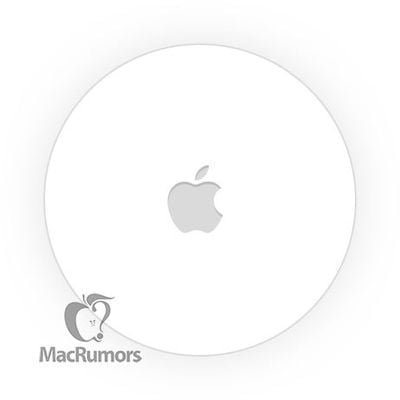
AirTags feature built-in chips that connect to an iPhone, relaying the position of devices that they're attached to. As with a lost iPhone, you can use any Apple device or a web browser with iCloud to locate a missing AirTags item.
Rumors suggest AirTags will feature an Apple-designed U1 ultra-wideband chip for more accurate tracking than Bluetooth can provide, which will give Apple an edge over its competitors.

For more on how the AirTags will work and when we can expect to see them, check out our AirTags guide.
New MacBook Pros
Apple in 2020 is rumored to be planning to update the 16-inch MacBook Pro lineup with a new machine that features a mini-LED display. Mini-LED technology will allow for thinner and lighter product designs, while offering many of the same benefits as OLED such as improved wide color gamut, high contrast and better dynamic range, and truer blacks.
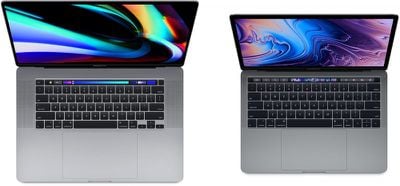
Apple is also expected to release a 13-inch MacBook Pro with a scissor switch keyboard, which could come during the first half of the year. Earlier rumors also suggested the 13-inch model could also support up to 32GB RAM.
To keep up with MacBook Pro rumors this year, follow our MacBook Pro roundup.
Other Mac Updates
We haven't heard a lot of specific rumors about other Macs coming in 2020, but Apple is expected to bring its new scissor switch keyboard to the MacBook Air at some point during the year.
We've heard no word about refreshes of machines like the iMac, iMac Pro, and Mac mini, but updates at some point in 2020 are always a possibility. We'll keep track of any potential Mac updates in our Mac roundups, listed below:
Software
Every year in June during the Worldwide Developers Conference, Apple introduces new software for the iPhone, iPad, Apple Watch, Apple TV, and Macs.
This year, we're expecting to see iOS 14, iPadOS 14, watchOS 7, tvOS 14, and macOS 10.16. Thus far, we haven't heard any details about what to expect
Lower-Cost HomePod
Apple is said to be planning to introduce a second-generation version of the HomePod, which first came out in 2017. The new version is said to feature a lower price point, which should allow it to better compete with speakers from other companies.
The new HomePod is said to feature two tweeters instead of seven in the current HomePod, resulting in a lower audio quality but a more affordable price tag. There's no word yet on when Apple might introduce a new HomePod in 2020.
For more on the HomePod, check out our HomePod roundup.
Other Possibilities
Over-the-Ear Headphones
There were rumors suggesting Apple was working on high-end over-ear headphones with an "all-new design" that are as convenient as AirPods but with superior sound quality. The headphones were said to feature noise cancelling technology and were meant to be aimed at a higher-end market.
No over-ear Apple-branded headphones materialized in 2019 despite rumors suggesting a launch could happen as soon as 2019, and we've heard nothing more since then. It's possible the headphones were actually the Beats Solo Pro that launched in October, even though those are on-ear, not over-ear. The Beats Solo Pro, like the Beats Studio3, feature Active Noise Cancellation.
Apple TV
Ahead of the launch of Apple TV+, signs of a new Apple TV model were found in iOS 13, and rumors have suggested an upgraded Apple TV could use a faster A12 processor, but other than that, we haven't heard anything about a new Apple TV.
An updated set-top box could come sometime in 2020, but we don't know when nor do we know any other features that might be included. To follow along with rumors, make sure to check out our Apple TV roundup.
AR Smart Glasses
Apple is working on augmented reality smart glasses that are expected to be offered alongside the iPhone, with the iPhone handling the bulk of the processor needs and the glasses serving a display role.
Offering the glasses as an iPhone companion will allow Apple to keep them slim and lightweight. Some rumors have suggested these glasses could come as soon as 2020, but it's not clear if that's still the case because a recent report from The Information indicated Apple is now aiming for a 2022 launch date.
For all of the rumors that we've heard on Apple's work on AR headsets, VR headsets, and mixed reality, make sure to check out our Apple smart glasses roundup.
ARM-Based Mac
Apple is working to reduce its reliance on Intel by developing its own ARM-based chips for its Mac lineup, which would allow it to manufacture its chips in house without waiting on Intel's release timelines.
There is no word on when Apple might release an ARM-based Mac, but some rumors have suggested it could come as early as 2020, perhaps in the MacBook Air. For more on Apple's work on ARM-based Macs, check out our ARM-based Mac guide.
Wrap Up
There are some exciting products in the works from Apple in 2020, and we'll certainly see some unexpected surprises as well, as we do every year. Make sure to follow MacRumors.com and the MacRumors roundups over the course of 2019 to keep up with all of the rumors about the upcoming products that Apple has in development through our What to Expect Guide.


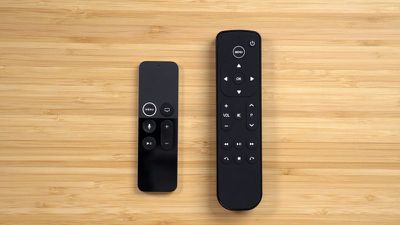
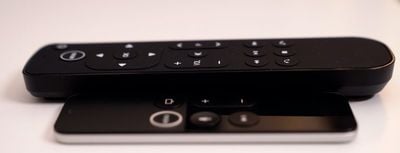

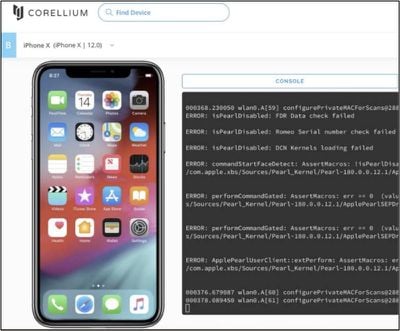
 Note: MacRumors is an affiliate partner with some of these vendors. When you click a link and make a purchase, we may receive a small payment, which helps us keep the site running.
Note: MacRumors is an affiliate partner with some of these vendors. When you click a link and make a purchase, we may receive a small payment, which helps us keep the site running.